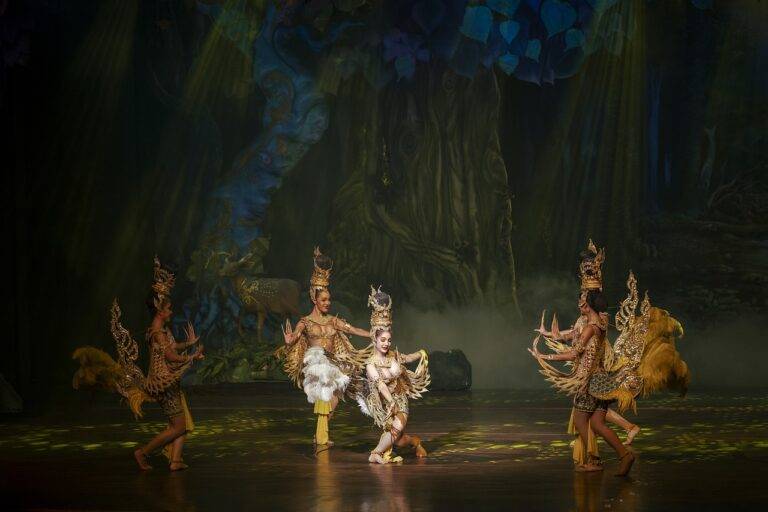The Future of Storytelling: Transmedia Narratives, Interactive Experiences, and Audience Participation
In today’s rapidly evolving digital landscape, we are witnessing the continuous emergence of new platforms and technologies that are reshaping the way we interact and communicate. From social media platforms like Instagram and TikTok to messaging apps like WhatsApp and Slack, these innovations are enabling individuals and businesses to connect in ways that were once unimaginable. The rise of artificial intelligence and machine learning has also revolutionized how we consume information and make decisions, with personalized recommendations and predictive analytics becoming integral parts of our daily lives.
Furthermore, as the Internet of Things (IoT) continues to expand its reach, the integration of smart devices into our homes, workplaces, and public spaces has opened up a whole new realm of possibilities. Whether it’s through wearable technology, smart home devices, or connected cars, the convergence of physical and digital worlds is creating a more seamless and interconnected experience for users. As we move forward, the challenge lies in staying abreast of these new platforms and technologies, understanding their impact on society, and harnessing their potential to drive innovation and growth.
Engagement through Multiple Media Channels
In today’s digital age, reaching audiences through multiple media channels has become imperative for businesses and organizations looking to enhance their engagement strategies. By utilizing a diverse range of platforms such as social media, websites, email, and mobile apps, companies can create a more integrated and cohesive approach to communicating with their target demographics. This multi-channel approach not only increases the chances of capturing the attention of a wider audience but also allows for more personalized and tailored interactions with customers.
Moreover, the seamless transition between different media channels provides a more holistic and engaging experience for users. For instance, a customer may come across a brand’s promotion on social media, visit their website to learn more, receive personalized recommendations via email, and ultimately make a purchase through a mobile app. This interconnected ecosystem of channels enables companies to establish a consistent brand presence and build stronger relationships with their audience, leading to increased brand loyalty and customer retention.
Role of Virtual Reality and Augmented Reality
Virtual Reality (VR) and Augmented Reality (AR) have revolutionized the way we experience content and interact with technology. These immersive technologies have opened up endless possibilities for businesses and consumers alike, allowing for more engaging and interactive experiences. VR immerses users in a completely virtual environment, while AR overlays digital content onto the real world, blending the physical and digital realms seamlessly.
Businesses across various industries are utilizing VR and AR to enhance customer experiences, improve employee training, and streamline operations. Retailers are using AR to allow customers to visualize products in their own space before making a purchase, while VR is being used in training simulations for employees in industries such as healthcare and manufacturing. These technologies have the power to transform how we work, play, and connect with the world around us, offering a glimpse into the future of technology and human interaction.
What are some examples of new platforms and technologies in virtual reality and augmented reality?
Some examples include Oculus Rift, HTC Vive, Microsoft HoloLens, and Magic Leap.
How can virtual reality and augmented reality enhance engagement through multiple media channels?
Virtual reality and augmented reality can create more immersive and interactive experiences for users, allowing for greater engagement with content across various platforms.
What role do virtual reality and augmented reality play in the advancement of technology?
Virtual reality and augmented reality are driving innovation in technology by pushing the boundaries of what is possible in terms of visual and sensory experiences.
How do virtual reality and augmented reality differ from each other?
Virtual reality creates a completely immersive digital environment, while augmented reality overlays digital content onto the real world.
What industries are currently leveraging virtual reality and augmented reality technology?
Industries such as gaming, healthcare, education, and marketing are all utilizing virtual reality and augmented reality to enhance their products and services.





